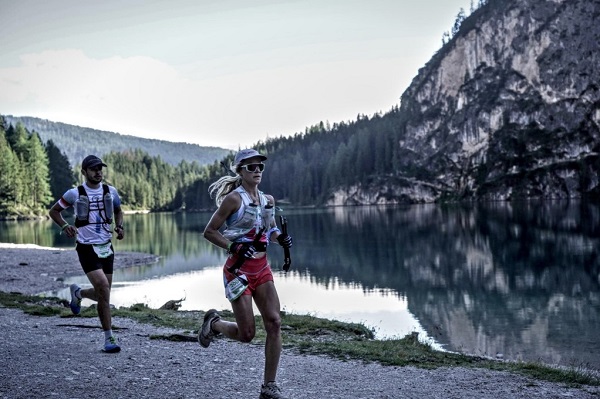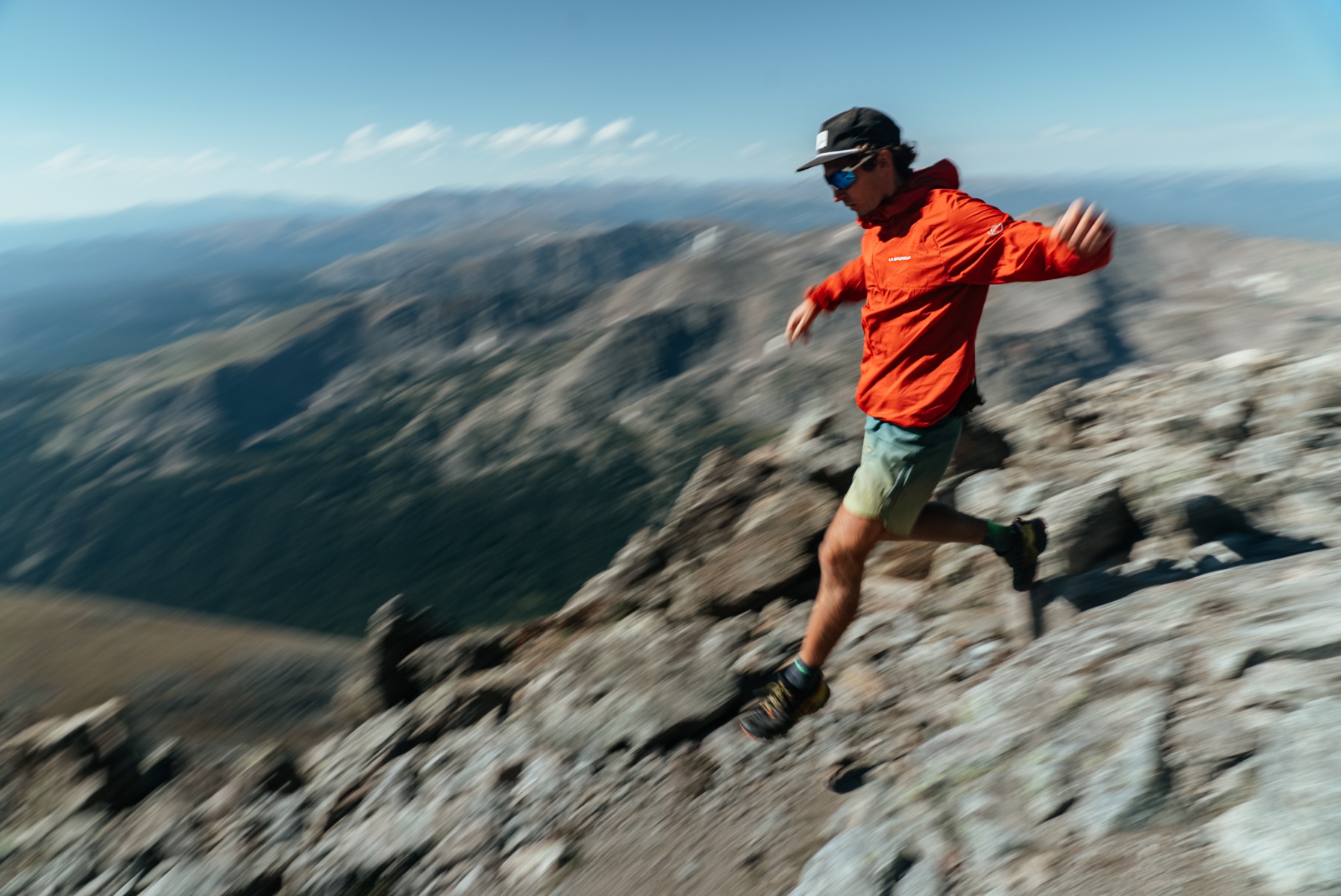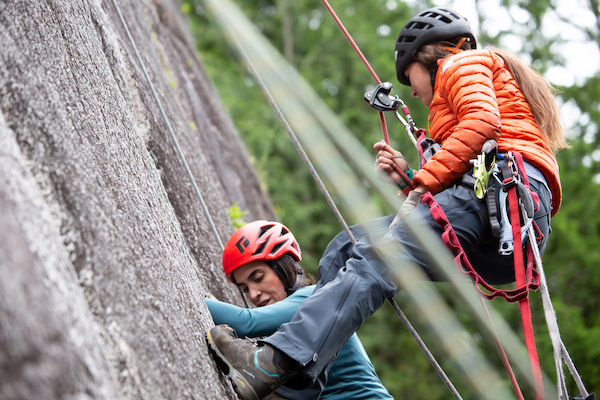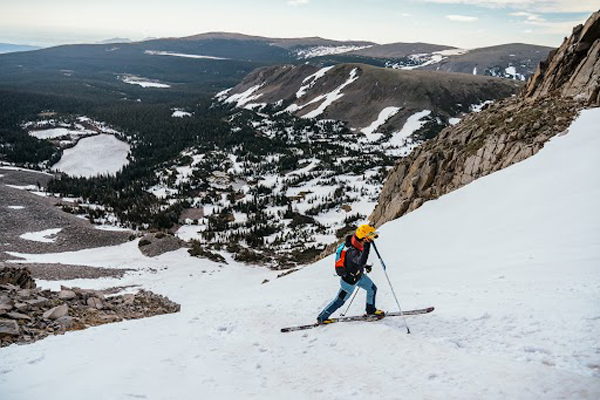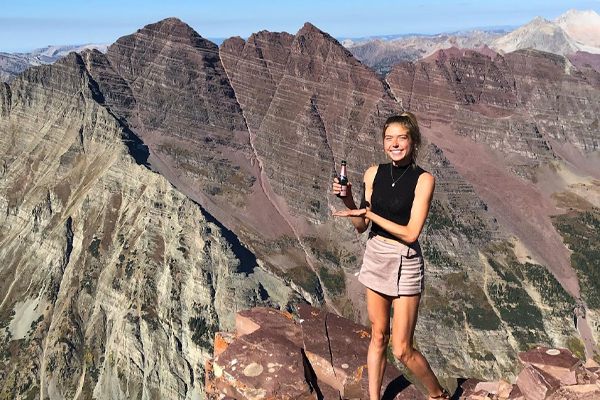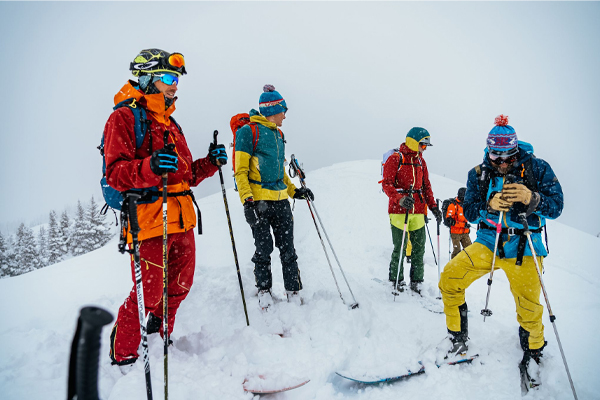Team Hörst: Training and Climbing as a Family
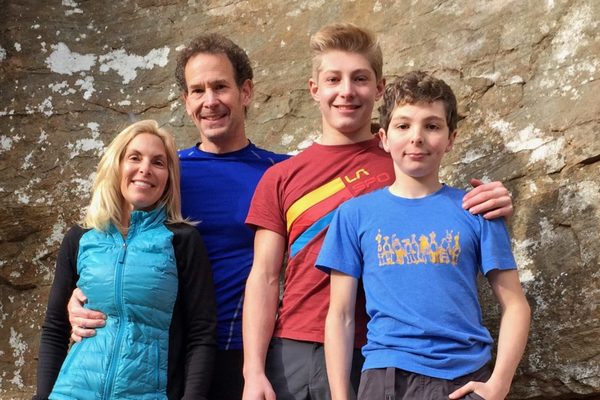
La Sportiva interviewed Team Hörst to find out more about the family that trains and climbs together...
- - -
After Cameron Hörst’s recent send of “Lord Voldemort” (5.14a/ 8b+) at the New River Gorge, La Sportiva decided to talk with the Hörst family about how they make training and climbing work together, as a family unit. Eric Hörst has been climbing since the late 1970’s, and has published several books on training. He has two sons, with his wife Lisa Hörst, who have both been climbing since they could walk (or maybe earlier). Now 16 and 14 respectively, Cameron and Jonathan Hörst regularly climb 5.14a, while still counterbalancing their climbing training with football, which they play half of the year.
Watch Cameron Hörst's recent send of "Lord Voldemort" (5/14a/8b+) at the New River Gorge.
La Sportiva: Tell us about what draws you to a route- Style? Grade? Aesthetics? Movement? As a group of four, what are your strategies to managing your time while traveling so that everyone has a chance to get on their project?
Jonathan: I like routes that challenge me physically, but also mentally. I’ve always liked solving puzzles, so a complex route with a tricky sequence is fun to work on. While these kinds of routes are hard to on-sight, I have a high rate of “second go” redpoints, and over the past two years I’ve managed to second-go three 5.13d routes! Regarding style, I enjoy steep, powerful climbing; but I’m also just learning to do traditional (gear) style routes…which are a bit more slabby, but still fun!
Cameron: I definitely like shorter, powerful routes—especially pocket routes—and love places like Wild Iris (Wyoming) and Frankenjura (Germany), which tend to have routes with lots of two- and one-finger pockets. As the season goes on, however, I do always try to climb longer routes…which are kind of my weakness, I guess. My recent redpoint of “Lord Voldemort” (5.14a) at the New River Gorge was a nice achievement, since a 100-foot-long endurance route is my anti-style. I worked on this climb a few times last season and got close. This year, I worked on it one Saturday, but it got too hot for a quality attempt (the crux, for me, is a few thin moves on tiny slopey holds high on the route). We returned the next afternoon, so I could put in a couple of practice burns before driving home, and to my surprise I sent it! Going up on the climb with the mindset of it being a working burn rather than a redpoint go seemed to lighten the load!
Eric: Our spring season climbing is exclusively on the weekends, so we try to be super-efficient in planning our days so that each of us gets some quality time on our “project route”. With limited crag time, the boys, myself and my wife, Lisa, all try to select routes that we can send in a few goes…or a couple days, at most…rather than getting bogged down into long-term projects that consume many hours and days. As a climbing coach, this quick-send MO is something I prescribe for weekend warriors—it’s sending lots of routes, rather than voluminous hanging and falling off a project route, that builds climbing skill and confidence…and makes you a better climber. Anyway, we get very early starts (we’re almost always the first car at the crag), and we are often one of the last cars to leave at the end of the day. (“First in, last out” is one of our mottos!) Since we have four climbers, we get two ropes going on warm-up climbs. After we each do a couple of warm ups, we then take turns belaying each other on our route-of-the-day. Sometimes this demands a lot of hiking—and even driving—throughout the day, since each of our project routes might be at a different crag. For example, at the Red River Gorge we might drive to three different crags in order to get us each on the climb of our choice.
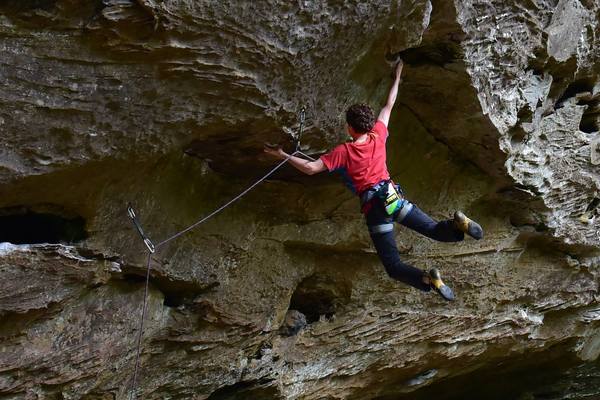
La Sportiva: Eric, you have said before that Cam and Jon don't train climbing year round, but focus on other sports for different seasons. Is this still the case today, and what does a year-long cycle of training look like for the Hörst family? How are you alternating training with time outdoors?
Cam and Jonathan, do you like the balance of other sports and training, or do you just look forward to getting back to climbing?
Eric: As a climbing coach, I stress the importance of “balance” in training—that is, optimal physical development requires a very balanced approach. The payoff for the athlete is a mechanically sound physique with good posture, proper joint mobility, highly functional movement patterns, and reduced injury risk. While this is an important concept for climbers of all ages, it’s especially vital for youth athletes. While early single-sport specialization is becoming increasingly common (directed by parents and coaches wanting to build an elite youth athlete, or Olympian), it’s often problematic when it comes to long-term mental and physical development. A young body and brain should be exposed to a wide range of physical and mental challenges to foster a high physical IQ and avoid burnout and injury (that often result from early specialization). Anyway, as a parent to two youth climbers I’ve encouraged my boys to play multiple sports. Currently, they both play high school football (August through November), dabble with skiing, train for climbing in the winter, and then climb outside as much as possible from March through July. Via this approach, Cam and Jon have become elite climbers (both regularly climb 5.14a), while also playing a team sport with their high school friends. Most important, they’ve remained injury free and extremely passionate about both sports and the training required for each!
Jonathan: As a two-sport athlete (football and climbing), my training looks very different for each. During my climbing season, I train in our home gym two or three days per week and then climb outside on weekends. The home gym climbing workouts typically last a little over two hours, as Cameron and I execute the workout Dad has designed for us that day (Dad does pretty much the same workout along with us). Some days the workout is strength/power oriented and other days we train endurance using various Treadwall routines Dad has developed. If we’re planning to climb on the weekend, then we do climbing training workouts on Tuesdays and Wednesdays (after school). Then take rest days on Thursday and Friday so that we’re fresh to climb our best on the weekend. During football season, we have practice after school every day—football takes up an incredible amount of time. We typically climb in our home gym only once or twice per week during the fall—no serious climbing training or outdoor climbing, just bouldering for fun—so we don’t lose all of our climbing fitness!
Cameron: Since I play quarterback, I have to spend some time throwing the ball year-round. During the winter and spring I participate in some 7-on-7 tournaments to develop my passing skills for the tackle football season in the fall. Our football team also has morning weight lifting before school each day during the spring—so I have lifting before school and my climbing workouts twice per week after school! While I really enjoy playing football, rock climbing is my ultimate passion. Dad always points out that we have decades to climb hard, but only a few years to play high school sports; and I really enjoy playing a team sport with my friends. Balancing all the training time and travel is challenging; and I need to keep up with my studies as well. Ultimately, I really like that I’m involved in two sports. By the end of our summer roadtrip though, I feel like I need a break from climbing for a while, and so my football season begins at a good time. But then in November—when my body aches from months of tackle football—I’m so excited to shift gears back to climbing! It’s a cycle that I’ve enjoyed for the eight years and counting.
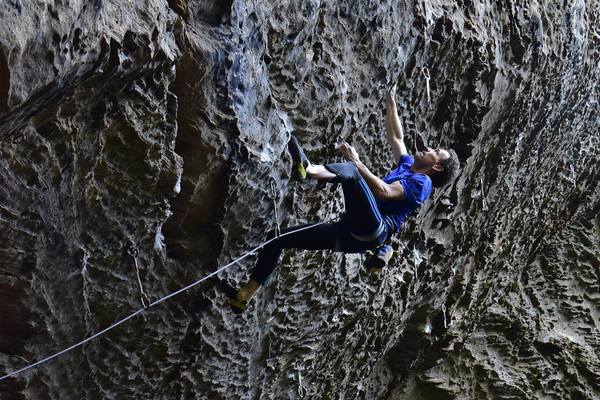
La Sportiva: What is the biggest challenge a climbing family faces on a day to day basis? Any tips or advice for parents who want to get their kids into climbing?
Eric: The biggest challenge for “Team Hörst” (as we call the four of us) is getting enough time on the rope for each of us. Lisa and I want to maximize the boys’ experience during our climbing season, so we both tend to spend more time belaying the boys than climbing ourselves. Also, being that we live in Pennsylvania, we spend a lot of time driving on spring weekends (9.5 hours to Red River Gorge or 6 hours to the New); then during June and July we typically drive about 7,000 miles during our long climbing roadtrip out west. It’s expensive and, at times, stressful, but we have a wonderful time recreating together in nature. Climbing is such a great family sport—I hope to see more families spending quality time together at the crags in the future!
Cameron: There aren’t many kid climbers where we live, so most of my climbing is with my family. But, now that I have my driver’s license, I hope to take a few of my school friends climbing—they hear me talk all the time about how awesome climbing is, so now I will give them a chance to try it out. In fact, this weekend I’m taking a senior from my football team climbing for his very first time!
Jonathan: My favorite thing about climbing—besides sending my projects!—is traveling. Wyoming is almost my second home, as I have spent part of every July of my life camping and climbing in Wyoming! As for my friends at school, they all know that I’m a climber but most of them just don’t “get it.” I show them a picture of me climbing some 5.13 or 5.14 and they say “oh, I could do that.” LMAO!
Photos: © Eric Hörst
- - -
ABOUT THE AUTHOR
Eric Horst is a member of the La Sportiva Climbing Team.
- - -


